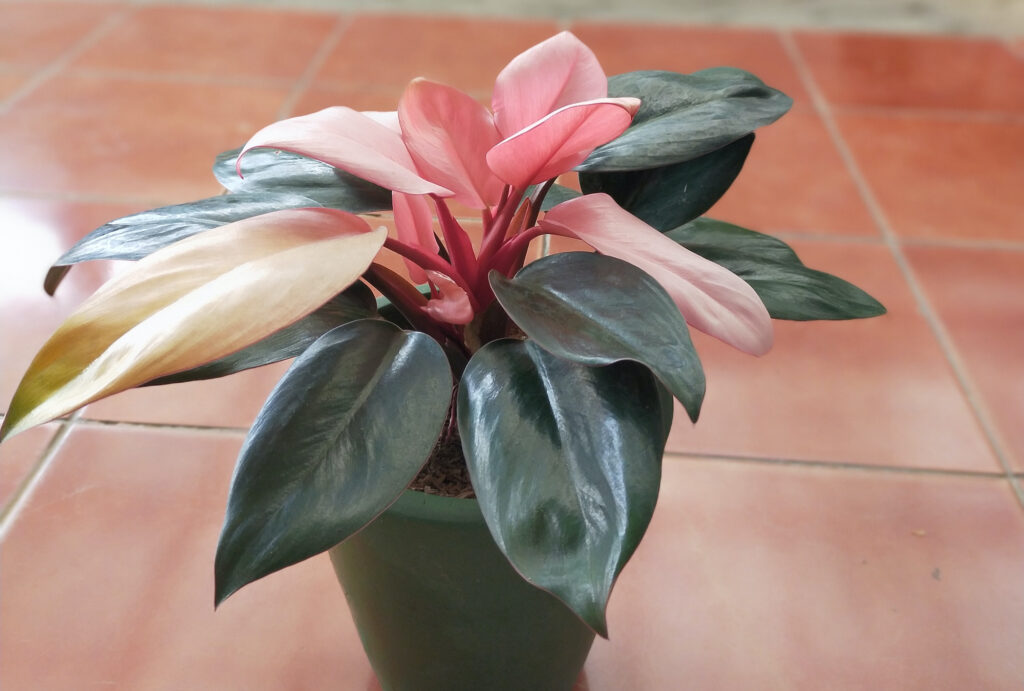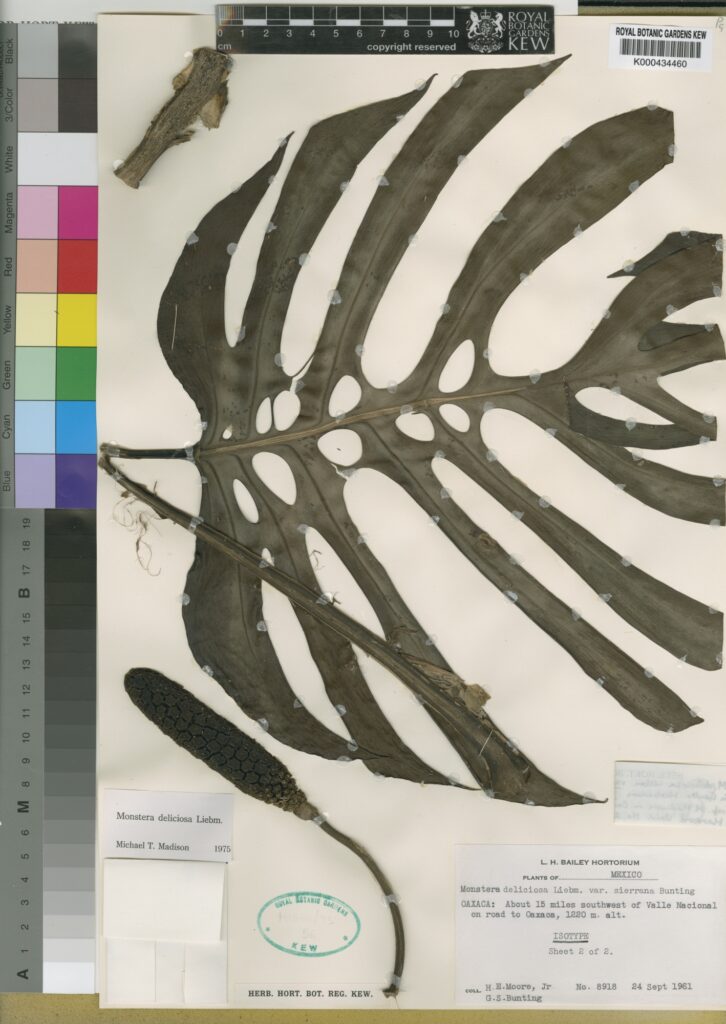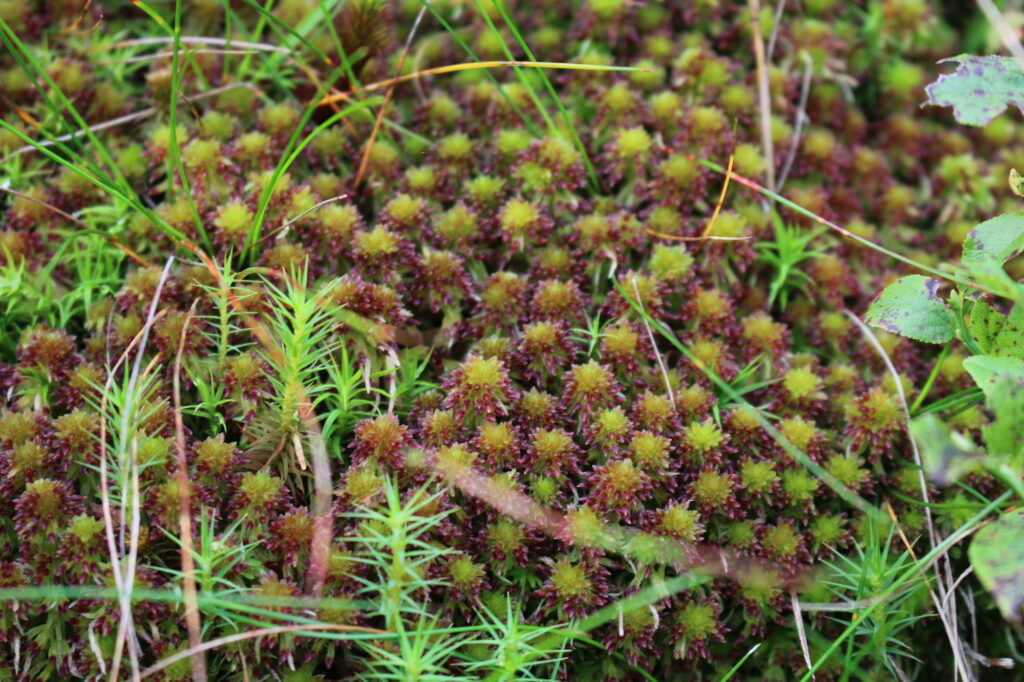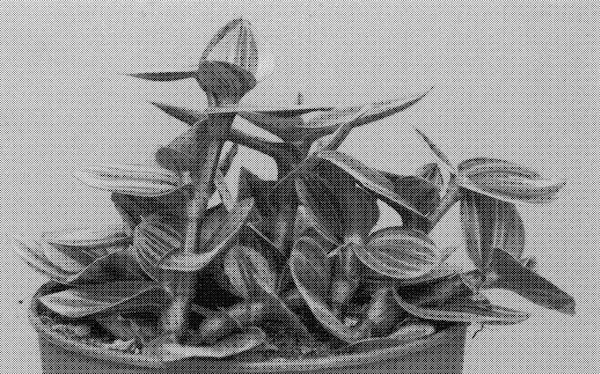This is a topic that causes a lot of confusion, so I wrote this summary on correct and incorrect names in Commelinaceae!
Articles
If you’ve been interested in houseplants for more than a year or two, you probably already know the original “Pink Congo” story. A few years ago, a new plant called Philodendron “Pink Congo” came onto the scene. Its lower leaves are dark green, but the new leaves at the top are bright pink. It quickly became a wild hit among tropical plant enthusiasts and prices skyrocketed.
Plant names can be complicated. It seems like it should be easy enough to refer to a plant and have another person know what you’re talking about. But as soon as you get into plant-related conversations you quickly end up in a tangle of Latin, confusion, and even misinformation.
Like any popular conversation topic in the age of the internet, Monstera deliciosa has attracted its share of controversy and misinformation. In this article I’ll address one particular discussion that pops up regularly: the identity of Monstera borsigiana.
Recently there’s been increasing media attention on peat, how it’s used in growing plants, and its effect on the environment. There’s often some misunderstanding about what exactly peat is and where it comes from, and lots of people don’t realise how much it’s used or what the implications are. This article should clear some things up!
Tradescantia ‘Nanouk’ and Tradescantia ‘Lilac’ are particularly trendy cultivars with thick stems and tough, pink-striped leaves. But there’s a lot of controversy and arguments about the plants’ status and identity. ‘Nanouk’ is often described as stolen, fraudulent, or a scam. People say that ‘Nanouk’ doesn’t truly exist, and is just ‘Lilac’ disguised with plant growth regulators.





